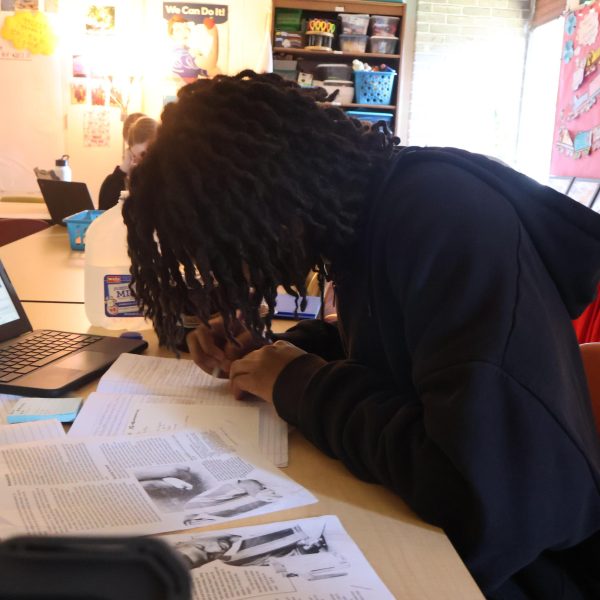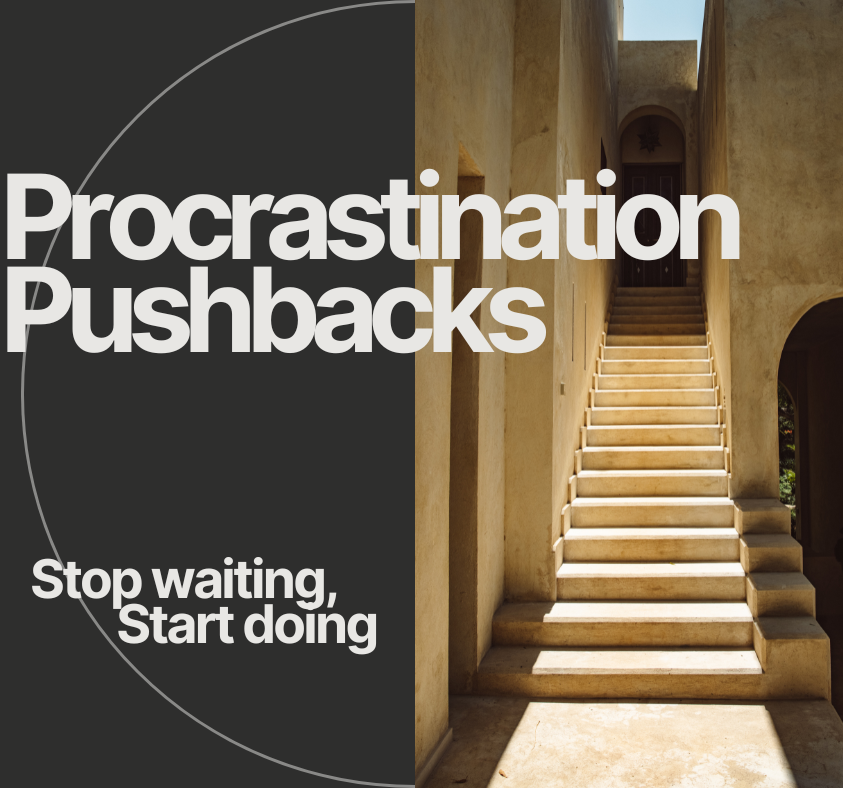The action of delaying or postponing something, in other words, procrastination, is a universal difficulty; as the majority of our country struggles with the drawbacks of procrastination.
The plurality of Americans are familiar with putting things off until later but in the world of a student procrastination can be a big concern. According to a 2005 study, medically reviewed by Vara Saripalli, Psy.D. — written by Julie Marks, active procrastination is when an individual will delay something for intentional reason while passive procrastination is when an individual postpones tasks, thinking it is due to their inability to “check that box.” Students mainly tend to procrastinate when their tasks, labors, or engagements are displeasing or overwhelming . This mainly stems from having simple distractions, little interest, poor timing, or mental health conditions such as ADHD, OCD, anxiety, etc.

Early signs of student procrastination can be noticeable around the third grade as “students tend to stop doing tasks for their own pleasure but for academic or intellectual reasons,” according to Randy Kelly, BHS Career Coach. This influences young students to put their assigned tasks off and develop this habit which will surface around their lives later.
Instructors and administrators carry a concern due to the devices that students carry in learning environments since these devices are attention seekers and are programmed to receive host engagement; absorbing kids’ time, and attention leading to procrastination habits.
All the while procrastinating itself doesn’t seem to be a big deal in the immediate moment, the consequences or negatives that derive from it are more worrisome. When students subconsciously avoid their tasks, they receive more stress and miss out on opportunities. More disadvantages could include decline in academic performance, or health concerns. Their stress levels could increase overall by the build-up of uncompleted work, not being able to participate in certain experiences, as well as unhealthy practices like sleep reductions. As a result overtime procrastination could affect these students’ instructors, peers, and others present in educational environments.
However being dilatory to get some things done can have its flip side. A study on active procrastination showed that individuals could have better uses for their time than the things they put off, as well as carry the confidence to carry out their tasks. These students prioritize their checklists and believe they often work better under pressure. The association for psychological science says, often times students will put the tasks that are of more value near the front of the to-do lists, evaluating assignments that are weighted heavier and prioritizing them first.
Some ways to overcome procrastination are to utilize a planner or calendar that can space out, organize tasks, and complete things on time. Another option would be for students to make and follow a specific routine or schedule that covers their assignments, chores, and other important things to them.
Overall while procrastination can carry a series of positives, the negatives outweigh the advantages offered from delaying actions. With the end result of mental fatigue, possible health problems, and academic declension… Postponing tasks directly affects student potential and mental structure.


